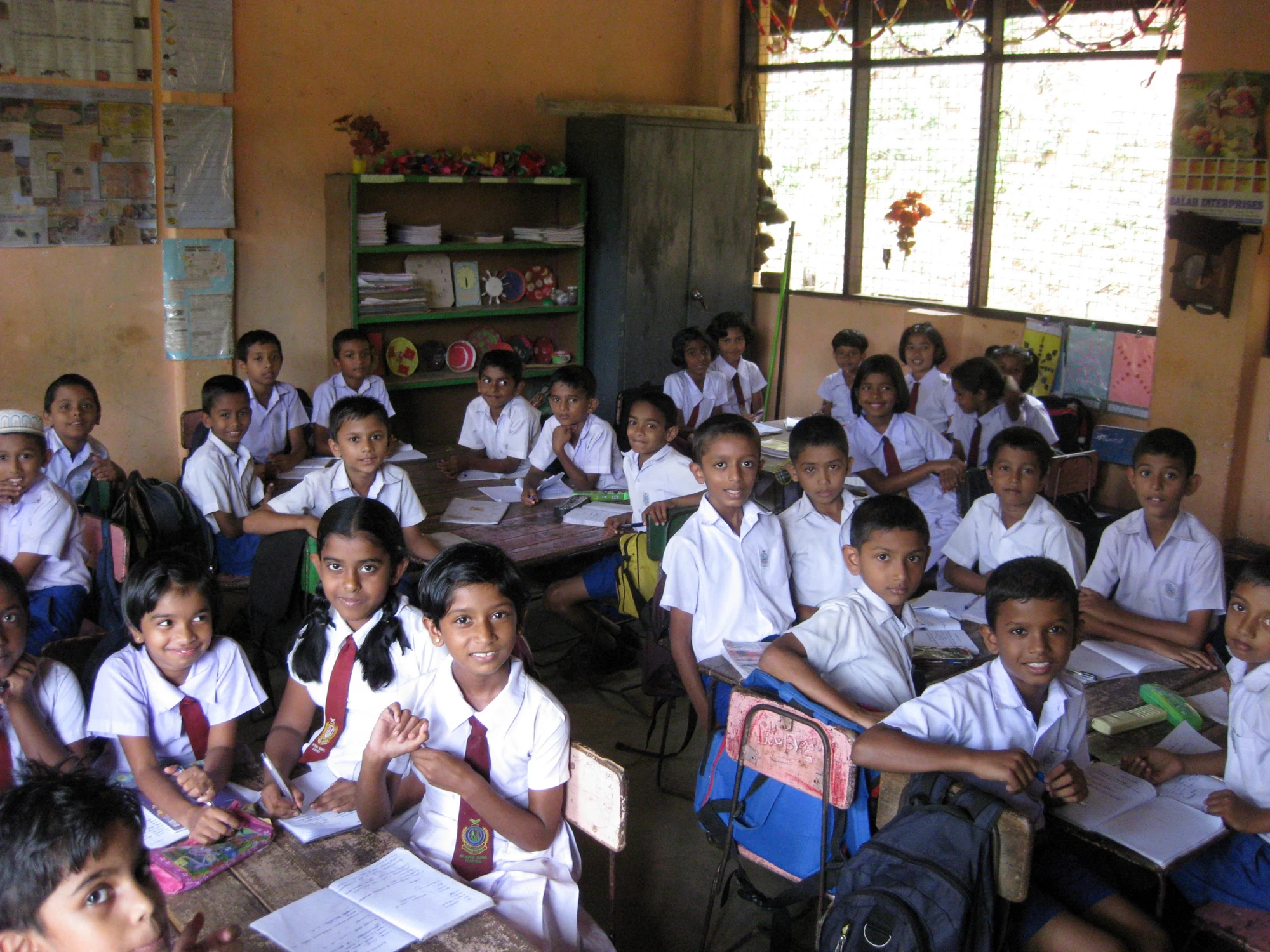
When we speak of gender equity in education in developing countries, and particularly in the South Asian context, we immediately think of the disadvantages girls face in access to education. The case in Sri Lanka, however, will make you think twice.
While most of South Asia still faces the gender gap challenge in favor of boys, we think that Sri Lanka’s educational gender gap favors girls. Like their counterparts in most high-income countries, Sri Lankan girls are consistently outpacing boys both in terms of educational access and achievement.
A growing gender gap
We observed this trend in educational participation and outcomes over the course of the Transforming the School Education System as the Foundation of a Knowledge Hub Project in Sri Lanka. This is what we discovered:
- Although there is gender parity in educational access at the primary level, the gender gap becomes quite pronounced at the senior secondary level.
- Like most high-income countries and some middle-income countries, Sri Lanka’s boys are more likely to drop out than girls at higher levels of the education system.
- The gap in participation at the secondary level continues into the tertiary level with girls forming the majority in most fields, except for engineering.
- The gender gaps also extend to educational outcomes, with girls outperforming boys at every level of the education system and across all national examinations.
- But the picture is mixed in terms of the choice of subject stream at the senior secondary level (the A-level), with boys choosing the Physical Sciences in much greater numbers than females. However, females are passing the exams at higher rates than males.
Three potential factors that are contributing to this gender gap
Employment opportunities for boys. Our discussions with education officials revealed that early employment opportunities in the informal labor market appear to be a key factor in boys’ early drop out at the secondary level. Girls don’t appear to have these same opportunities and so they tend to stay in school longer.
Social and cultural influences and perceptions. Despite evidence that girls outperform boys in educational achievement, a common perception among parents, school administrators and education officials was that boys were naturally smarter than girls, and did not need to work as hard. Teachers felt that parents did not have as much oversight over boys, as they did over girls, which meant boys are more often left to do as they please with their time outside school. Some parents also indicated that they felt boys did not need education as much as girls to have good opportunities in the labor market. In the more disadvantaged areas, education officials reputedly cited the absence of positive professional male role models as another factor contributing to boys’ underperformance.
Rote learning and less “hands on” activities hinder learning. Teachers, school administrators, and education officials offered other explanations for the gender gap in education and in the labor market. For example, they mentioned that the school curriculum and testing methods- which favor rote learning and less practical and less hands-on activities - disadvantaged boys and girls in different ways. They said that girls were negatively affected by the system because it did not sufficiently challenge them or incentivize them to explore the links between education and the “real world”. On the other hand, the system also disadvantages boys, because they are less inclined to spend time reading through textbooks and writing long answers for school assessments.
Global similarities
Many of the findings of this study mirror those in Malaysia, Philippines, and Thailand. These are middle-income countries which are facing a similar challenge in terms of gender equity in the education sector. Still, this is a new challenge for gender parity and countries are still in search of effective strategies.
As Sri Lanka prepares for the next phase of its education sector development program, it is also exploring initiatives to address both gender gaps in the education system as well as the gender gaps in the labor market. These initiatives include strategies to ensure that the curriculum and wider school community does not perpetuate common gender misperceptions and stereotypes that may discourage boys from engaging fully with school and may discourage girls from fully participating in the labor market.
Other initiatives include developing links between education and the labor market through enhanced career guidance programing at the school level. If these are successful, they can serve as best practice for other middle-income countries, which may face similar challenges in the future.
Find out more about World Bank Group Education on our website and on Twitter.
See the World Bank overview on Girls' Education.



Join the Conversation